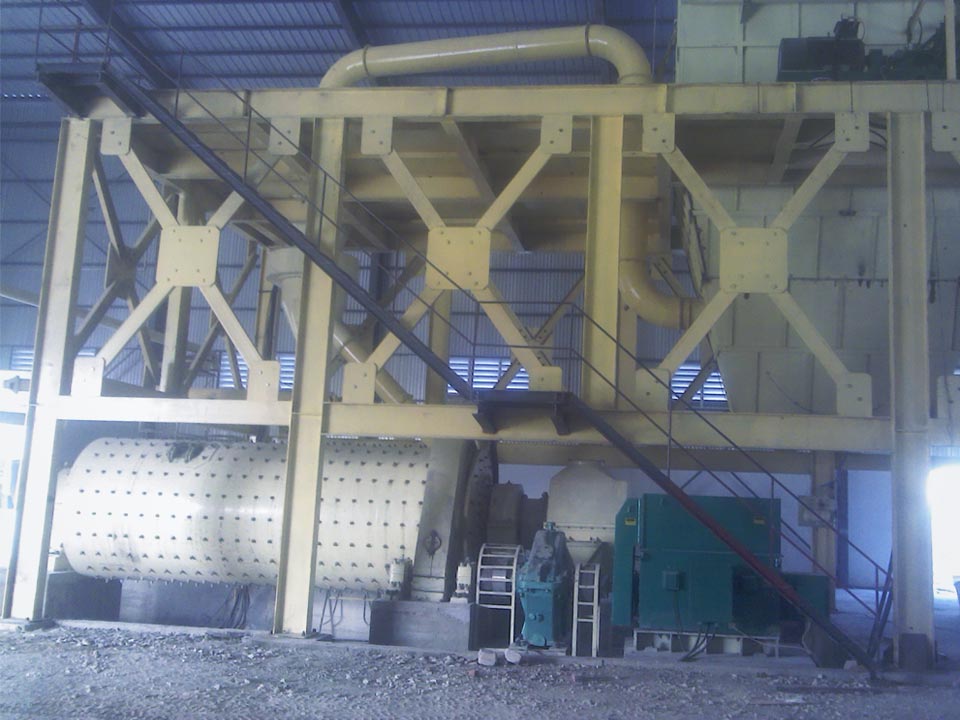The role and types of grinding media of ball mill
The function of the grinding body in the ball mill is to crush and grind the bulk materials fed into the mill into fine powder. The particle size of the material that has just entered the mill is about 20mm, and it will eventually be ground into a fine powder below 0.08mm (generally, the sieve residue should not exceed 15%). The grinding body mainly impacts the newly fed bulk materials (in the coarse grinding chamber), and grinds them as a supplement. During this period, collisions between the grinding bodies are unavoidable. The strong sound when the mill is running mainly comes from the coarse grinding chamber. As the particle size of the material decreases, it will flow to the next silo, the grinding body will turn to be mainly grinding, the sound will gradually weaken, and it will be sent out of the grinding mill after being finely ground. Different types and specifications of grinding bodies are used in different grinding chambers.

①Steel ball: a kind of grinding body widely used in ball mills. It comes into contact with the material during the grinding process and has a large impact on the material. It is mainly used in a warehouse (the feed end is also a coarse grinding warehouse) and a double warehouse. Two chambers (coarse and fine grinding chambers) for closed-circuit mills, one and two chambers for tube mills. The diameter of the steel ball is between Ф15~125mm. According to the requirements of the grinding process, the coarse grinding chamber generally selects Ф50~110mm, and the fine grinding chamber uses various specifications of Ф20~50mm.
②Steel section: In the fine grinding chamber of the mill, the material is mainly ground. The steel (iron) section can replace the steel ball. Its shape is short cylindrical or truncated cone. It has line contact with the material and has a strong grinding effect. But the impact is small, so it is more suitable for the fine grinding chamber.
③Steel rod: Steel rod is a kind of grinding body commonly used in wet grinding, with a diameter of Ф40~90mm, and the length of the rod is 50~100mm shorter than the length of the grinding chamber.
Regardless of the type of abrasive body, it has high requirements for its material: it must have high wear resistance and impact resistance. The quality of its material affects the grinding efficiency and the operation rate of the mill. The material is required to be hard, wear-resistant and not easy to break. For example, high chromium cast iron is an alloy white cast iron with high chromium content, which is characterized by wear resistance, heat resistance, corrosion resistance, and considerable toughness. Low chromium cast iron contains less chromium elements, and has higher toughness. Chromium cast iron is poor, but has good wear resistance. It is suitable for use as the liner of small balls, iron sections and fine grinding chambers.
